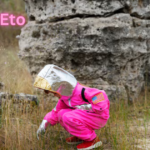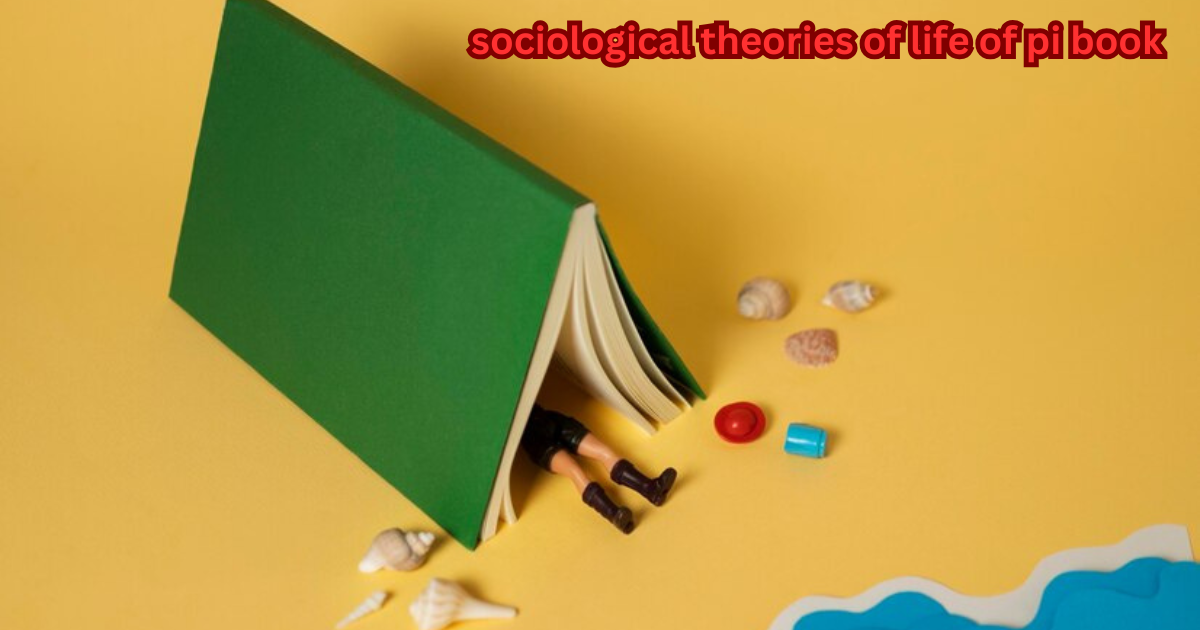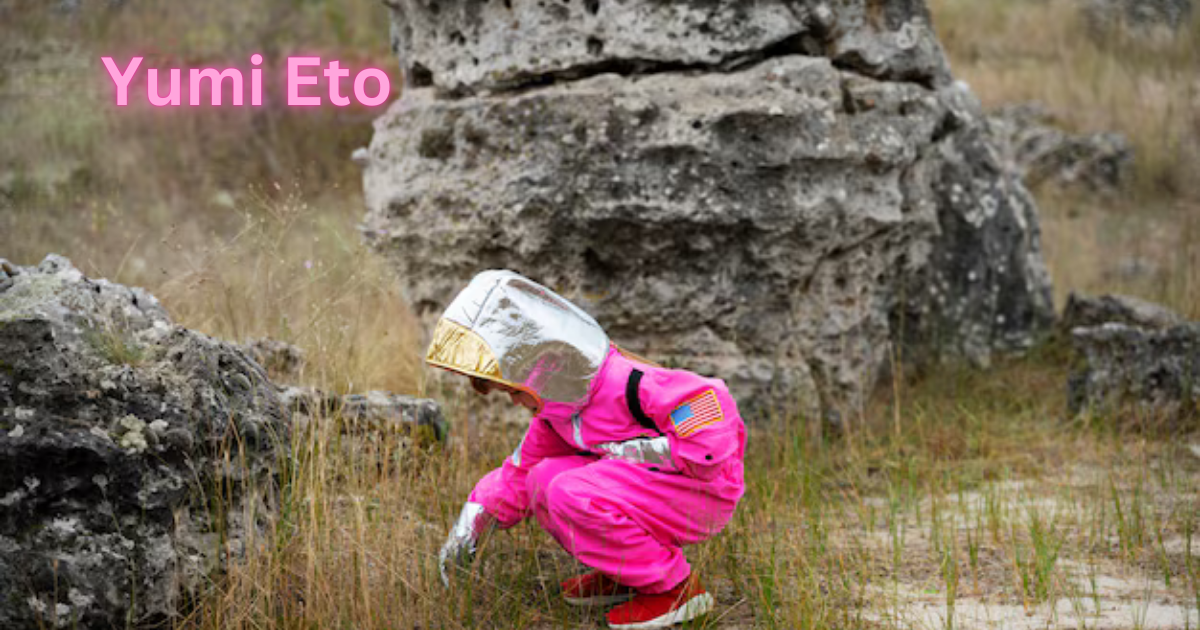Identity and Symbolic Interactionism
sociological theories of life of pi book of symbolic interactionism, which was established by scholars such as Herbert Blumer and George Herbert Mead, focuses on how individuals construct symbols and meanings in their social interactions. Pi’s encounter with the tiger Richard Parker in Life of Pi represents his internal conflict and struggle for existence. Pi is battling his identity, convictions, and anxieties in this connection, which goes beyond simple man vs beast.
The tiger turns into a manifestation of Pi’s tenacity and resolve to live. Pi’s identity changes in response to extended seclusion, as evidenced by his dual perception of Richard Parker as a friend and a threat. This change demonstrates how symbolic meanings change in harsh environments, enabling Pi to use symbols motivated by survival to characterize his reality.
Social Structures and Functionalism
According to functionalism, society is made up of interconnected pieces that cooperate to keep things stable. Even when he is alone, Pi establishes a microcosmic “society” aboard the lifeboat by designating duties and customs that provide order to his life. Pi upholds the functionalist notion that each component of a social structure has a purpose by instituting rituals like feeding Richard Parker, which gives him a feeling of direction and order.
Pi’s activities kept him both mentally and physically safe in the lifeboat’s cramped quarters. Despite their seeming banality, the rituals have important social purposes in assisting him in managing his feelings of fear and loneliness. By highlighting the significance of upholding social order even when society is limited to two humans on a single planet, this viewpoint reflects functionalist sociology.
Conflict Theory: Survival and Power Battles
Karl Marx is primarily credited with developing conflict theory, which emphasizes power battles and resource allocation. A power dynamic driven by survival is introduce between Pi and Richard Parker in sociological theories of life of pi book. Pi utilizes his intelligence and resourcefulness to gain control, and the tiger’s physical might poses a threat. Pi establishes the power balance necessary for their coexistence by feeding and training Richard Parker.
Religious and cultural tensions are also mention in the novel, and Pi’s distinct perspective makes these issues clear. Pi, who was up in a cosmopolitan environment, incorporates aspects of Islam, Christianity, and Hinduism. This blending of religions emphasizes the tension between organize doctrine and personal spirituality and represents a rejection to religious exclusivity, highlighting the fact that Pi’s beliefs are as complex as his survival instincts.
Perception of Reality and Social Constructionism
According to social constructionism, interactions and collective understandings shape reality. This hypothesis is demonstrate by Pi’s two narratives of his time on the lifeboat: a factual one and an allegorical one that uses animals. Readers are prompted to consider what is “real” and whether it matters by the divergent perspectives that both stories offer on his experience.
According to the two tales, Pi’s perception and his desire to deal with trauma define his reality. Pi supports social constructionism’s claim that reality is subjective and created by people within their social surroundings by turning his pain into an allegorical narrative. This makes a horrifying event into a story that can be easily understand.
Religion’s Function as a Social Organization
In Pi’s life, religion is an important social institution. That gives him inner strength and a moral compass along the way. Pi’s dedication to several religions demonstrates Emile Durkheim’s belief that religion can bring people together in society. For Pi, faith is a social and spiritual bond that grounds him in a chaotic environment, not merely a belief.
Pi’s early involvement with several religions causes conflict in his family and neighborhood. However, religion turns into a private institution amid his experience, providing him with fortitude and hope. Martel emphasizes the human need for faith as a source of social and psychological support by portraying religion. As a flexible social organization that Pi customizes to suit his particular circumstances.
Conclusion
sociological theories of life of pi book shed light on the strength of manufactured realities, the flexibility of belief systems, and the depth of human resilience. We may learn more about how people adjust, find meaning, and maintain order in the midst of hardship by analyzing Pi’s survival journey through the lenses of symbolic interactionism, functionalism, conflict theory, social constructionism, and religion as a social institution. These viewpoints compel readers to reflect on how they perceive the world and the significant influence that relationships, social systems, and ideas have on their own lives. Beyond just a survival story, Martel’s Life of Pi provides readers with an engrossing examination of the human mind, cultural influences, and the transformational potential of storytelling.
FAQs
In what ways does symbolic interactionism appear in Life of Pi?
Through Pi’s bond with Richard Parker, the tiger. who represents his inner battle and resolve to live. Life of Pi exemplifies symbolic interactionism. Through their exchanges, a system of meanings is create that aids Pi in managing his circumstances.
How does Pi’s behavior on the lifeboat relate to functionalism?
Pi’s regimented lifeboat routines, which support his mental and physical stability, are an example of functionalism. These rituals fulfill a functional role by providing a kind of social order in a remote setting.
What role does conflict theory have in Pi?
The power battle between Pi and Richard Parker is an example of conflict theory in action. Pi balances the power dynamic to secure their mutual existence by establishing dominance not through physical might but through intelligence.
What aspects of Pi’s two distinct storylines are revealed by social constructionism?
According to social constructionism, Pi’s desire to alter reality in order to deal with pain is reflect in both of his stories. This supports the notion that reality is arbitrary and shaped by social settings and personal perceptions.
What role does religion have in Pi’s survival?
Pi’s spiritual and emotional fortitude comes from religion. He perseveres through loneliness and adversity. Because of his faith, illustrating the function of religion as a private social institution during difficult times.











